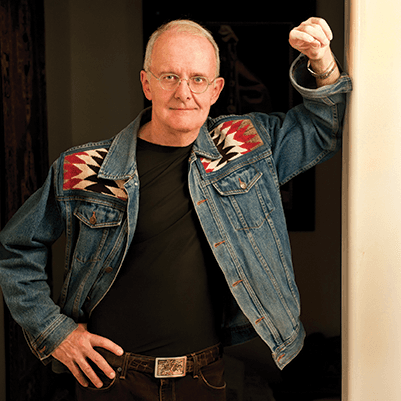Anyone over 50 likely knows the feeling: You catch a glimpse of your reflection and realize the face and body you’ve always known has been replaced by a worn-out impostor.
For best-selling author James Owen, that moment came on his 70th birthday, when he watched a video clip of himself giving a lecture. He was mortified to see how badly he had aged.






